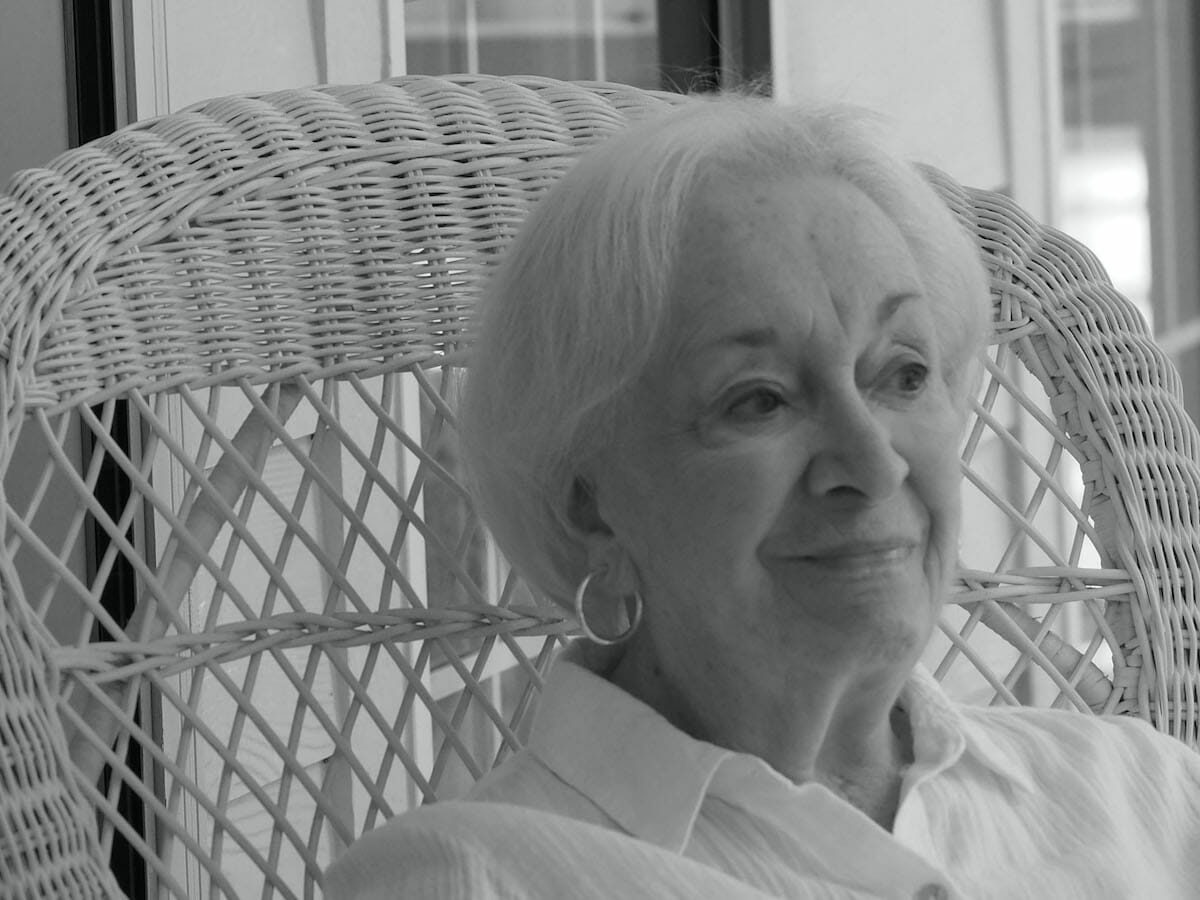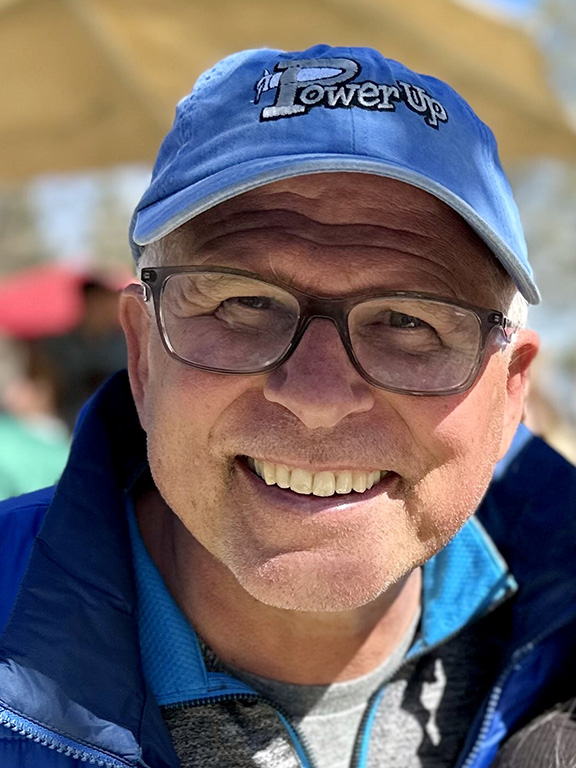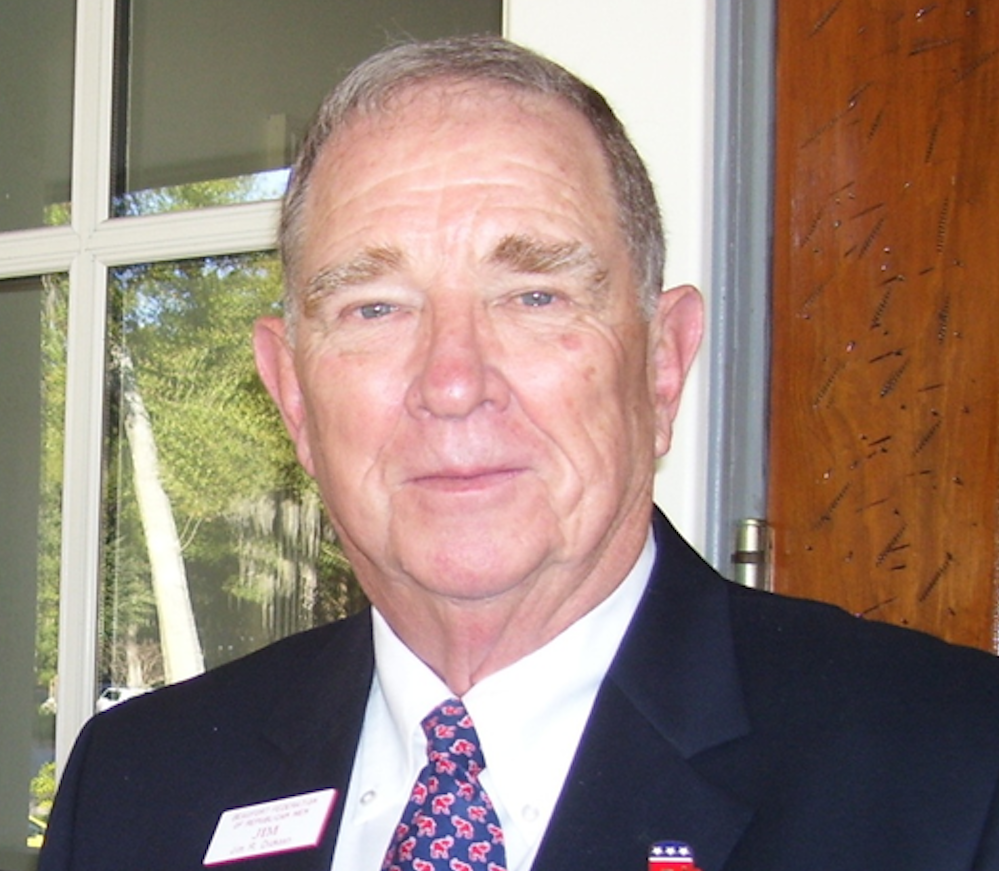By Andy Brack
Maybe the biggest story of the June 11 primary elections is that a turned-off electorate doesn’t turn out to vote.
Participation statewide was abysmal, as only 13.6% of registered voters – about 440,000 out of 3.2 million – went to the polls.
But in some places, the apathy was so bad that participation didn’t get out of the single digits. Just look at turnout in Georgetown County (5.4%), Florence County (8.1%) and Horry County (8.5%). In those places, there wasn’t enough competition on the ballots to attract voters.
Or maybe they were just sick and tired of the whole mess. Look at the 1st Congressional District race where Republicans reportedly dropped more than $8 million into television, digital and other outreach efforts to get people to pick incumbent Nancy Mace or challengers Catherine Templeton or Bill Young. But voting wasn’t much better than the state average with turnout at 13% in Charleston County, 14.8% in Beaufort County, 13.5% in Dorchester County and 12.1% in Berkeley County.
The First District race among Democrats was notable for the opposite – the comparatively paltry amount of money spent and almost invisible television presence by candidates Michael B. Moore and Mac Deford. They did what they could, but they didn’t excite turnout, perhaps proving that going on TV is more important than trying to reach masses of voters by attending party functions, parades, community meetings, garden parties and living room visits.
There was more excitement in the Upstate where hard-right Freedom Caucus House candidates clashed with more than two dozen challengers. And there was an open seat in the 3rd Congressional District race and an interesting dynamic in the Fourth District (an incumbent accused of an extramarital affair in the conservative region). County participation was higher than this year’s average – Greenville (17.4%), Oconee (21.5%), Spartanburg (15.6%), Greenwood (18.1%) and Anderson (20.5%), but it’s pretty sad when the high participation rate is one in five registered voters.
So the big winner was apathy.
And the biggest loser seemed to be the mainstream Republican establishment, which wasn’t able to make much of a dent in reducing the presence of the gadfly S.C. Freedom Caucus, devoted to using outrageous social conservatism to roil more traditional Republicans.
Perhaps if more center-right Republicans focused their efforts on taking out the leaders of the caucus, they would have saved the General Assembly from two coming years of antics and stunts.
They should have focused on better strategies instead of splitting resources. That’s what the caucus did in targeting two Upstate House members. And it worked – they “primaried” two House veterans, House Labor, Commerce and Industry Committee Chairman Bill Sandifer of Seneca and Assistant Majority Leader Jay West of Belton.
Another theory in an apathetic political environment brimming with negativity: Perhaps new gerrymandered lines that took 30,000 Black voters out of the First District and rearranged legislative districts in new ways created so much confusion that incumbents really suffered from the loss of longtime base voters.
That is what seems to have happened when Charleston got a new Senate district thanks to increases in population. But when the GOP crafted a new district for West Ashley and James Island, two things happened. First, Sen. Sandy Senn lost her James Island base as the district shifted west into areas she wasn’t as well known. And second as a result of that newly-created district, former state Democratic Party chairman and Sen. Dick Hartpootlian got moved into a Midlands Senate district with many more rural voters.
Result? Senn lost in unofficial results by 31 votes of 7,815 cast to uber-conservative GOP Rep. Matt Leber of Johns Island and Hartpootlian fell short by 120 votes out of 4,708 cast to Rep. Russell Ott, a Calhoun County Democrat with strong ties to agriculture.
June 11 won’t be a day to remember – except for mainstream candidates and incumbents who want to know what not to do in primary elections.
Andy Brack is editor and publisher of Statehouse Report and the Charleston City Paper. Have a comment? Send to feedback@statehousereport.com.








